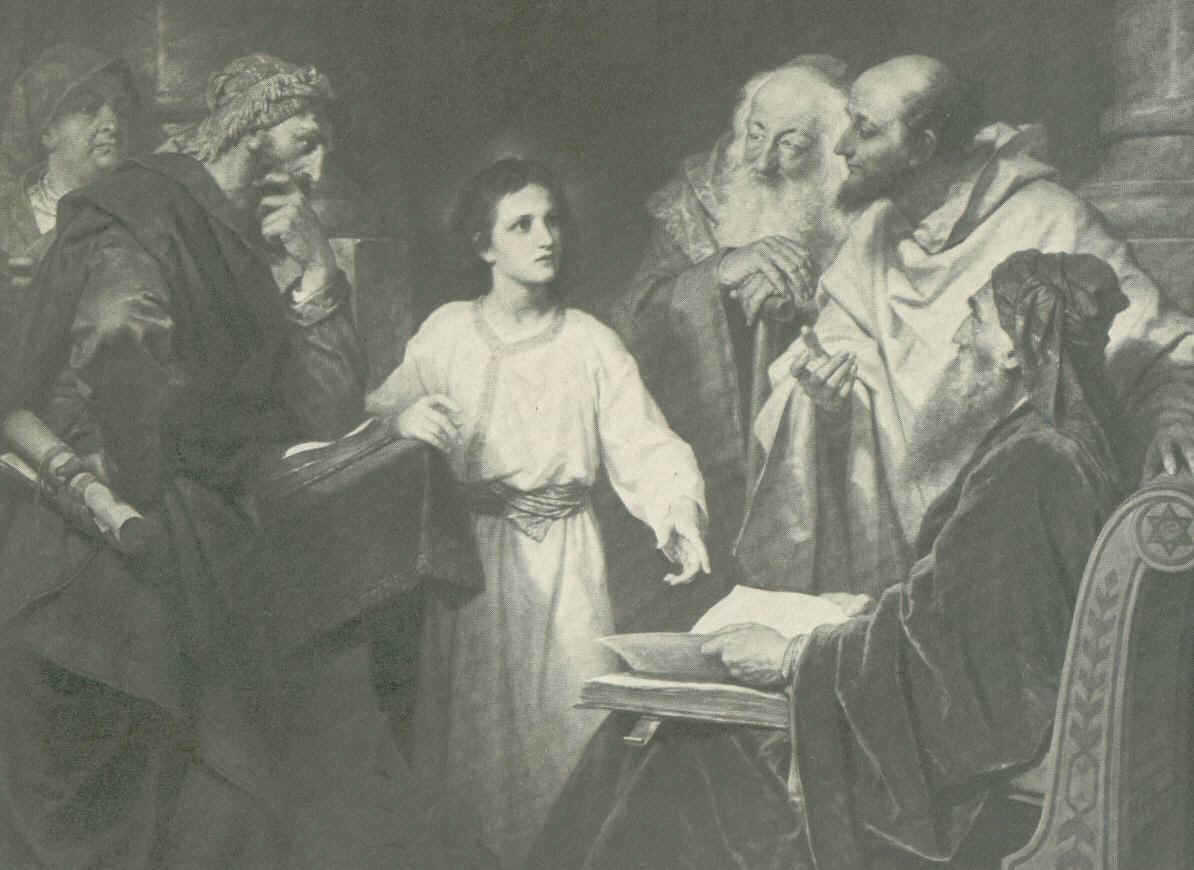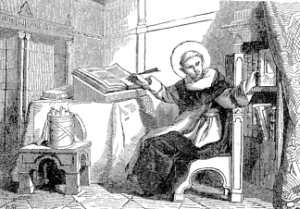How unfortunate phrasing leads to pastoral problems
The sacrament of Anointing is very commonly misadministered. I’ve tried to deal with some misapplications of the sacrament—e.g., one whereby children under the age of reason wrongly receive Anointing—and Fr. Z deals ably with several others here. I want to suggest, however, that contributing to these recurrent pastoral problems is, I think, a simple legal drafting problem.
The Pio-Benedictine Code required for the licit celebration of Anointing that, among other things, one be in danger of death. 1917 CIC 940. The Johanno-Pauline Code drops, and dropped deliberately, the requirement that one be in danger of death. 1983 CIC 1004. Naturally almost everyone saw this change in the law as a relaxation of a major restriction on the sacrament, and it was off to the races.
Never mind that Sacrosanctum Concilium 73 recited the requirement that one be in danger of death (many conciliar passages were not adopted into the 1983 Code) and notwithstanding that the Catechism of the Catholic Church 1514 explains the rite as being available to those in danger of death (the CCC is not a legislative text), the 1983 Code itself did not require that one be in danger of death and, combined with other canonical norms defending the rights of the faithful to receive the sacraments, it’s been very hard ever since to advise pastors against the too-too casual conferral of Anointing.
But, while I agree that Anointing need not be delayed until one is in extremis, the danger in which one must find oneself must still be that of death, a point I defend despite the plain wording of the canon. Here’s why.
During the canonical revision process, concern was expressed that an early draft of what eventually became Canon 1004 lacked the reference to danger of death. But the common sense proposal to add the phrase “of death” to the canon was rejected because—ready?—“it is sufficiently understood to be included” in the phrase “in danger”. Communicationes XV: 215.
That, folks, is what poor legal drafting technique looks like. However clear something might appear to a few canonical experts in a room, it is not necessarily going to be clear to the army of pastoral practitioners in the field who will generally have only the promulgated text of the law to guide their conduct. In this case, the final text of the law on Anointing did change significantly, and it was entirely predictable that this revised law would be read in a very new way. Exactly as happened here, even though the Legislator (acting through his surrogates) assumed the traditional restriction.
In setting all this out, I break no new canonical ground. The British-Irish Comm (at 546) and the Exegetical Comm (III/1: 886-887) make this very point. But the CLSA New Comm (at 1188-1189) does not quite bring it out, and even less so does the Salamanca Comm (at 485). So, confusion persists because pastors who want to know what law intended to establish on this point need access not simply to the law itself (and a few other commonly available documents) but also to the technical records of the revision commission and some pretty expensive canonical commentaries—not all of which agree among themselves! Unfortunate phrasing leads indeed to pastoral problems.
Fortunately, this kind of textual problem does not happen often in canon law (at any rate, not nearly as often as some seem to imply) but that it happens at all is one more reason why codified legal systems such as canon law demand scrupulous attention to legal drafting standards, not to mention will benefit from substantive reform of canons when pastoral priorities can be better served with alternative phrasings, and why we all suffer when those standards are not observed.



Comments are closed.